I'm looking to power several small, Wi-Fi enabled sensors, in a domestic home or office environment. As such I'm interested in keeping them powered as long as possible between charges.
Obviously an expensive Li-xx battery would be simple solution, but I've also been looking for more 'inspired' alternatives, such as Micropelt thermogenerators.
What other alternatives are there that would provide a decent amount of power, in a small size?
Alternative wireless networking ideas are welcome, but I'm keen to use WiFi - most homes have a WiFi network and enabled computer - I'd like to keep the extra equipment needed to an absolute minimum.
[There is a related question, about energy storage. My question is about generation and my needs are fairly specific (size, high power etc.]
